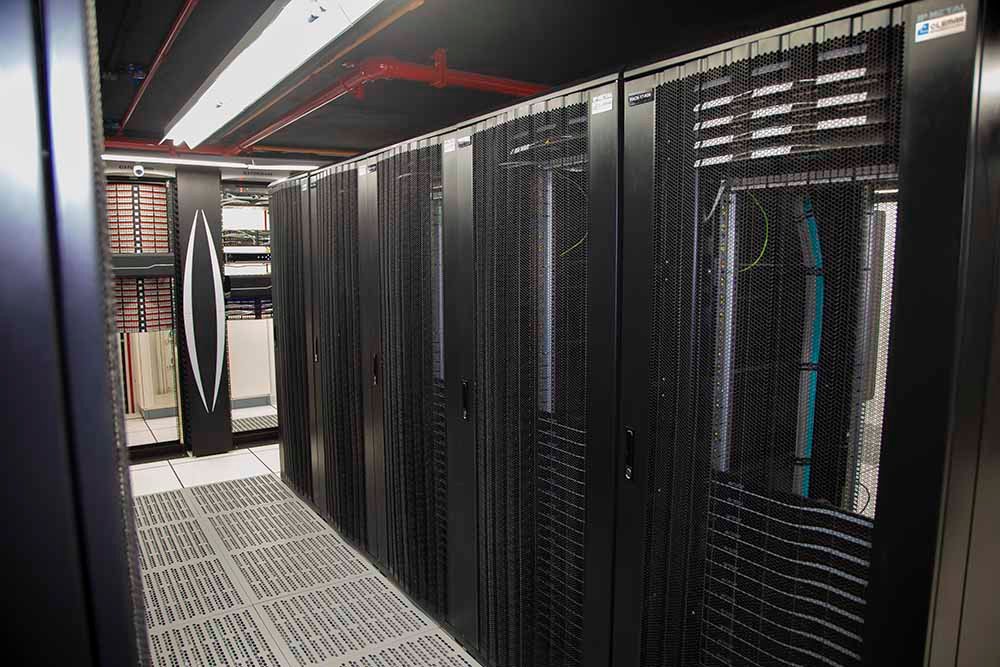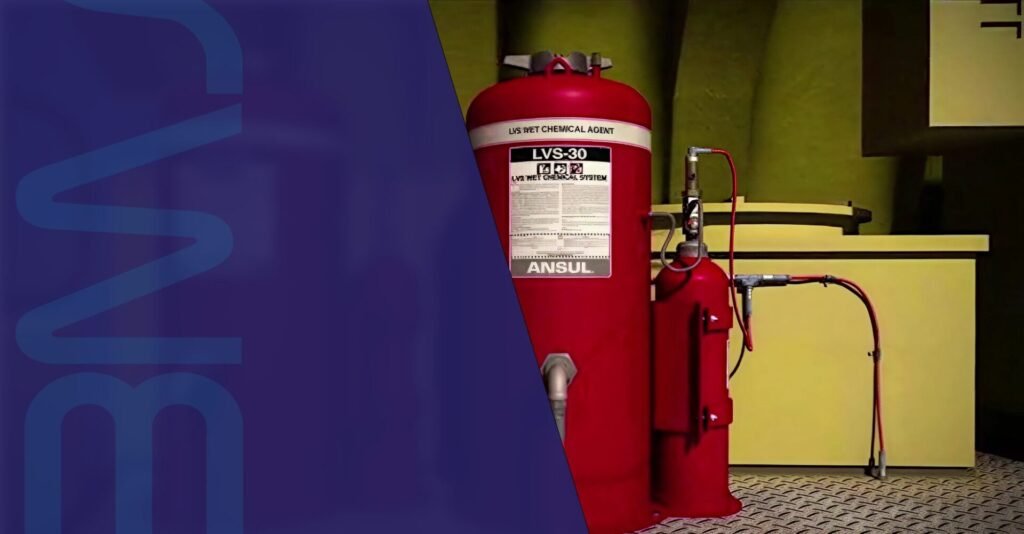
A major fire broke out on Thursday afternoon (June 19) at a petrochemical facility in Cubatão, São Paulo, Brazil. The company Petrocoque reported that employees in the affected area were safely evacuated. Because the fire occurred in a non-process zone, the lack of real-time detection created a delayed response window. Fortunately, no injuries were reported — a result of quick action by emergency crews, not automatic systems.
According to the Fire Department, the flames did not reach silos containing flammable materials. As a result, a catastrophic escalation was avoided. However, the fire still required the mobilization of 24 firefighters, and it took nearly two hours to fully control the blaze. This extended response time occurred because the fire originated on unmonitored external structures, where traditional indoor safety systems were not deployed.
The flames spread across the outer shell of 30-meter-high metallic silos and along conveyor belts, both of which lacked certified detection systems. These areas are typically considered “low-risk,” yet they accumulate heat, dust, and flammable residues. Consequently, they represent some of the most underestimated ignition points in industrial facilities.

 Fire broke out in an industrial area in Santos, SP — Photo: Reproduction/Facebook
Fire broke out in an industrial area in Santos, SP — Photo: Reproduction/Facebook
The flames did not penetrate the silos, which store Calcined Petroleum Coke (CPC) — a highly flammable byproduct used in heavy industries. Due to the nature of the material, the risk of explosion was significant, but fortunately contained.
In addition to the Fire Department, the Mutual Aid Plan (PAM) and State Civil Defense were mobilized. However, because the root cause is still unknown, investigations are ongoing.
Meanwhile, the Environmental Agency of the State of São Paulo (CETESB) confirmed the fire affected a conveyor belt used to transport CPC. As a result, the agency continues to monitor the site and is expected to take corrective measures.
Detection Systems Must Start Outside the Process Area
This incident illustrates the danger of underestimating external fire risks. Because Ex Zones are environments with high concentrations of flammable gases, vapors, or dust, they require ATEX-certified detection systems capable of functioning reliably under explosive conditions.
Solutions like Det-Tronics flame and gas detection systems are specifically designed for these scenarios, offering:
- Certified fire detection systems for silos and external conveyor belts
- Explosion-proof devices for hazardous areas with ATEX or IECEx ratings
- Integrated BMS and remote monitoring platforms for real-time alerts and response coordination
Additionally, facilities should deploy:
- Outdoor-rated fire detection systems for conveyors, silos, and mechanical structures
- Explosion-proof devices that meet ATEX, IECEx, or NFPA 70 standards
- IoT monitoring that enables remote supervision and predictive maintenance
Because these systems detect hazards at the earliest stage, they prevent shutdowns, damage, and safety breaches. As a result, they are no longer optional, they are essential.
What This Event Teaches Us
This fire wasn’t caused by negligence or operational failure — but by the absence of proactive infrastructure. Because fire risks are often underestimated in open-air environments, companies leave themselves vulnerable.
Therefore, the true cost of a fire isn’t just the physical damage, but the loss of productivity, reputation, and compliance. As a result, prioritizing fire prevention technologies should be part of every industrial safety plan.



